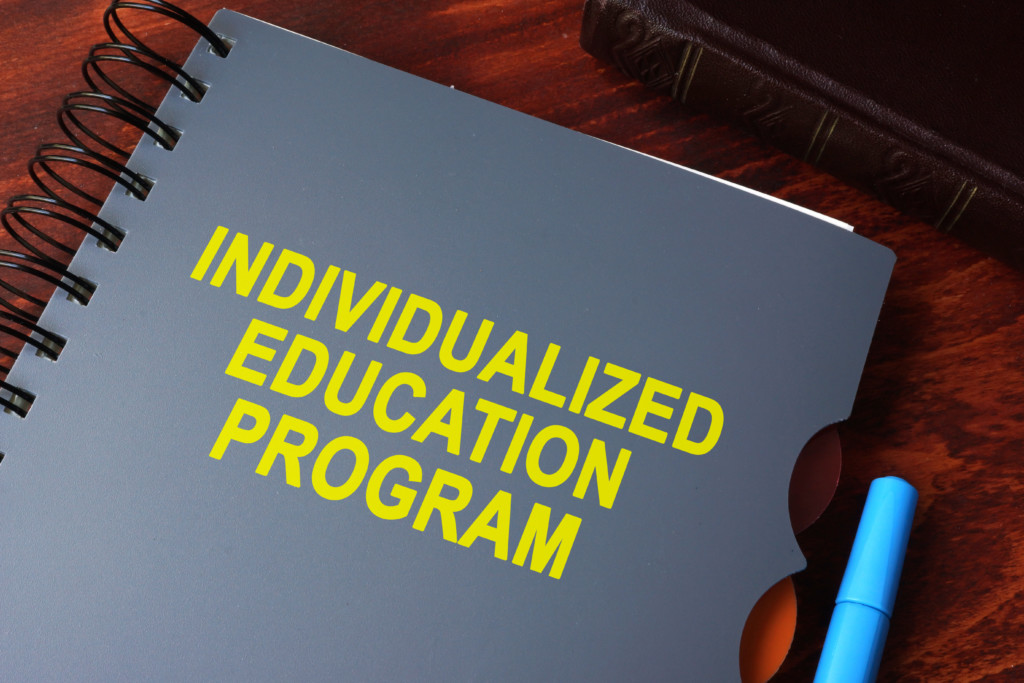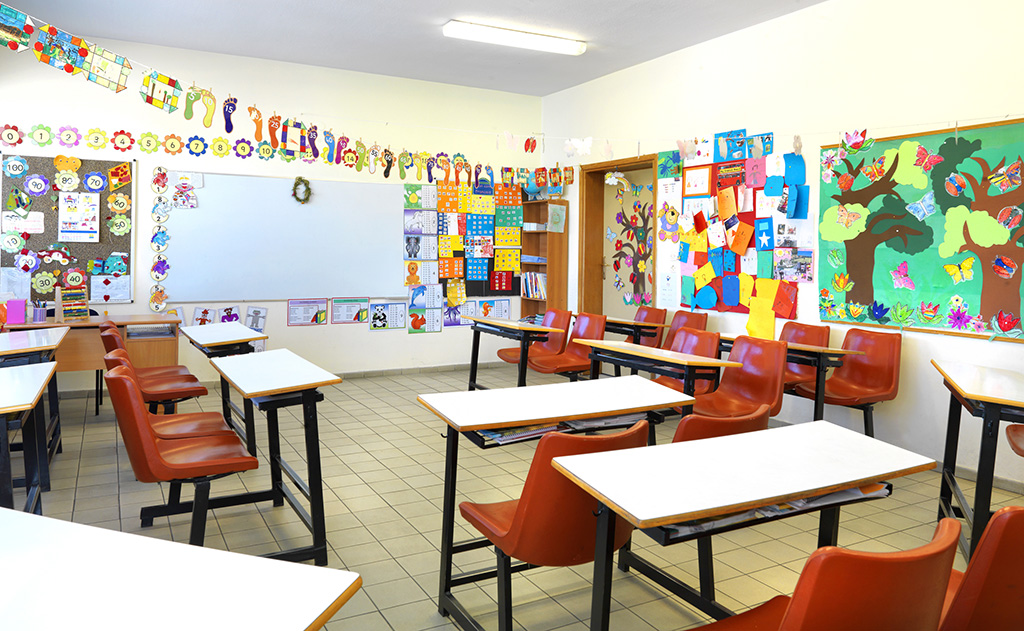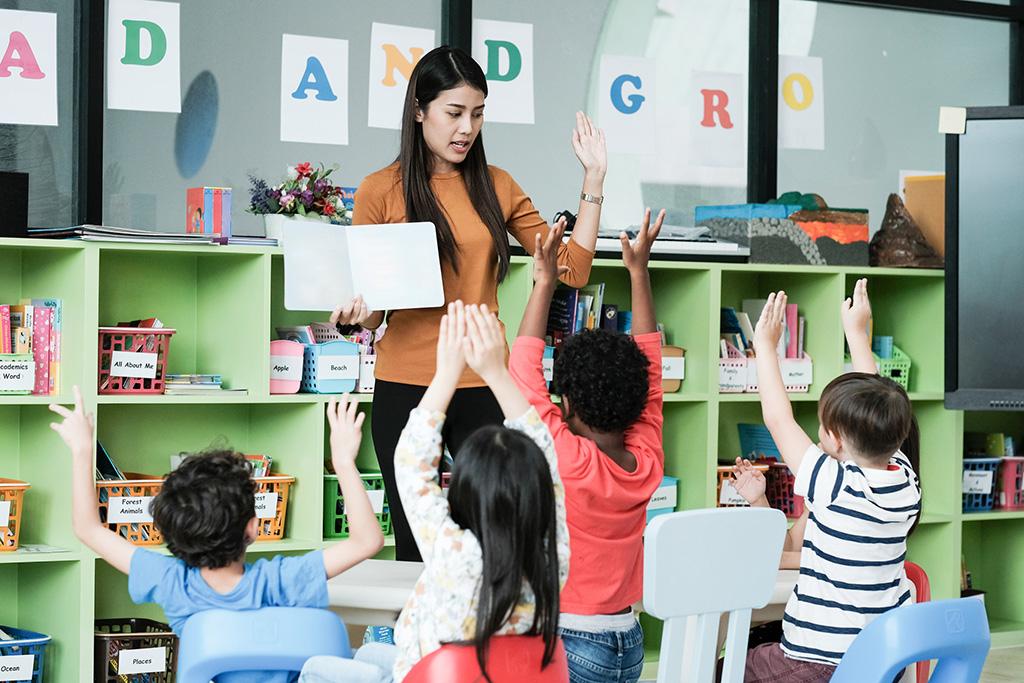What are IEP accommodations?
Individualized Education Plan (IEP) accommodations are an important part of individualizing a student’s education plan. Accommodations are changes made to enable a student to achieve learning in their own way. Unlike modifications, accommodations do not alter the learning expectations, only the manner in which the learning goal is taught. Accommodations modify the process used to complete an assignment, providing better equity for students with disabilities. For example, an accommodation might be a simple extension of time for a student who has trouble focusing for short periods, while a modification might include eliminating or changing the assignment to match the student’s capabilities. Another way to differentiate accommodations vs. modifications is to remember that accommodations change HOW a student learns, not WHAT a student learns.
Since accommodations are not defined in the IDEA, there are a wide variety of sources defining them. However, most authorities place accommodations into 4 broad categories. The IRIS Center at Vanderbilt University explains these categories as such:
- The way information is presented (e.g., text, lecture)
- The way the student is required to respond (e.g., writing, speech)
- The characteristics of the setting (e.g., noise, lighting)
- The timing and scheduling of instruction (e.g., time of day, length of assignment)
Other experts call these 4 categories, in the order listed above, Presentation, Response, Environment and Timing.
Accommodations help level out any potential differences between students and make sure everyone with an IEP gets access to a free appropriate public education (FAPE). It is important that these accommodations are tailored to meet each student’s individual needs, and to be part of an IEP they must be written. Accommodations help ensure that all students get the most out of their educational experience while still meeting all of their assigned goals and objectives.
The IRIS Center points out that attempts at IEP accommodations need to be quantified and evaluated with objective data, not subjective observations. Detailed, accurate data is at the heart of evaluating accommodations.
Easily and quickly generate accurate data for IEPs
The actual language of the IDEA
The IDEA (Individuals with Disabilities Education Act) requires that an Individualized Education Plan (or Individualized Education Program, as the IDEA calls it) must contain a statement of any individual appropriate accommodations necessary to measure the academic achievement and functional performance of the child on state and districtwide assessments. Sections 1412 and 1414 of the IDEA discuss accommodations, but do not specifically define them. This is left up to the states in Section 1412. Specifically, if the IEP Team determines that the child must take an alternate assessment instead of a particular regular state or districtwide assessment of student achievement, then a statement must include why the child cannot participate in the regular assessment of students, and why the particular alternate assessment selected is appropriate for the child. It is important to note that these statements are essential in providing each student with an equitable educational opportunity.
What to look for in an IEP
When your child has an IEP, accommodations are included to provide extra support and services to help them achieve academic success. Parents should look for an IEP that meets their child’s unique needs by providing reasonable accommodations that reduce barriers to learning. When reviewing an IEP it is important to consider the student’s strengths and weaknesses as well as any special needs they may have when determining which modifications best fit their individual needs. It is also important to ensure that the plan is regularly reviewed and updated so that it remains effective over time.

An excellent way to determine a student’s strengths and weaknesses is to have the student complete a diagnostic assessment, which are most efficiently completed as a computer-based assessment. If the assessment is not detailed enough, strengths and weaknesses may be missed which cause problems down the road. A best-of-breed, granular diagnostic assessment program, such as those delivered by Let’s Go Learn, can pinpoint specific skills and concepts of concern, even if they stem from curriculum normally used several years earlier, or several years later. Combining meaningful diagnostic data with the experience and observations of educators, helps provide accurate, personalized IEPs.
Granular diagnostic assessments in math and reading
How does a child receive accommodations?
When a child has been identified with a learning disability, the student or parent can request accommodations to meet the child’s specific needs. The Individuals with Disabilities Education Act requires that an IEP team consisting of educators, the student and parent/guardian decide which accommodations are appropriate. Any applicable accommodations should be included in the student’s IEP. By providing these appropriate accommodations, children with learning disabilities can better access their education and have a more successful school experience.
The IEP team should ensure that all accommodations are documented in writing within the student’s IEP. This includes any special education services, modifications, and other supports that are needed to facilitate the student’s learning. Documentation of accommodations is important to ensure that they can be tracked and monitored over time. Progress monitoring data is something that is also perfectly suited to edtech software, and good diagnostic assessment programs will include monitoring so that IEPs can be updated. Accommodations should be regularly reviewed and updated as needed. It is also important to ensure that all parties involved in the student’ s education are aware of the accommodations that are being provided.
Real-time progress monitoring for students with disabilities
Types of disabilities affected by accommodations
Accommodations for students with learning disabilities can and should be highly personalized for the individual disabilities and needs of a student. There are a vast number of accommodations utilized by educators and families, and many resources for discovering the ones that will work best for a particular student. Sorting through potential accommodations first requires understanding the common areas of disability.

Section 300.8(c)(1-13) of the Individuals with Disabilities Education Act defines the 13 disability types recognized under the law. Twelve types of disabilities are defined, and 1 is a catch-all for multiple disabilities:
- Autism
- Deaf-blindness (a combination)
- Deafness
- Emotional disturbance
- Hearing impairment
- Intellectual disability
- Multiple disabilities
- Orthopedic impairment
- Other health impairments (e.g. epilepsy, ADHD)
- Specific learning disability (e.g. dyslexia)
- Speech or language impairment
- Traumatic brain injury
- Visual impairment
Types of Accommodations
The number of potential IEP accommodations available to students is potentially unlimited, but some of the more common accommodations which fall into the 4 broad categories mentioned above, Presentation, Response, Environment and Timing, include:
- Presentation: including larger or color-coded text, a printable version of materials, audio recordings, and other accommodations for instruction presentation.
- Response: such as oral reports, speech-to-text software, and assistive technology.
- Environment: offering sensory tools such as fidget toys, noise-cancelling headphones, seating changes, special equipment such as a visual timer, special lighting, accessibility furniture, or other changes to the school environment.
- Timing: allowing a variation in time, extended test times, breaks, changes in time of day, graphic organizers, and flexible scheduling.
For detailed lists of potential IEP accommodations, review the web pages listed below in References.
The following sections take a look at several common accommodation types in greater detail.
Assessment Accommodations
Most students with IEPs, as well as their peers without IEPs, take the same standardized tests and assessments. If students with IEPs take alternative assessments, then they are getting a modification, not an assessment accommodation. When a student has an IEP, it is important to ensure that they have access to the same educational opportunities as their peers.

This includes participating in all classroom assessments, such as progress monitoring, grade-level assessments and standardized assessments designed to determine their level of proficiency in various subjects. However, because of their disability, accommodations in assessment may be necessary for these students so that they can effectively participate in regular assessments.
The IEP team is responsible for determining which assessment accommodations are needed by an individual student, based on their specific needs and abilities. These accommodations must be tailored to the individual student and may include things like extended time, extended breaks, help from a specialist or assistant, use of technology or other tools, masking unnecessary content, or changes to the assessment tasks themselves. Many of these basic assessment options may be available to all students already, but others will be specific to students with disabilities, including the ability to bring and take necessary medications, or providing wheelchair-accessible testing stations. These accommodations should factor into the design of any assessment for students.
Since assessments are often tied to establishing content mastery and grade-level placement, it’s imperative that all assessment situations are carefully coordinated with IEPs. No two students are the same and it’s important that each child with an IEP has access to appropriate accommodations that will give them the best opportunity for success on assessments. An assessment with accommodations provides a student with disabilities equity, giving the student an equal chance at demonstrating their proficiency, just like their peers without disabilities.
Let's Go Learn's diagnostic assessments are world-class
Classroom/learning environment
The classroom or learning environment is an important factor in a student’s success. To ensure that all students, including those with IEPs, are able to focus and succeed, it is important to create an environment that meets their individual needs. This can include keeping the workspace clean and clear of unrelated materials, reducing visual distractions in the classroom or learning area, providing a computer for written work, and seating the student close to the teacher or a positive role model. To further reduce distractions during intense learning times, it is often beneficial to keep the classroom quiet as well. According to cognitive load theory, reducing distractions maximizes learning for all students. Additionally, providing study carrels for students with IEPs can help them feel less singled out in a traditional classroom environment. With these accommodations in place, students with IEPs are better able to access their educational material and gain a greater understanding of the subject matter at hand.
Curriculum
Accommodations for instruction are essential in ensuring that all students have an equal opportunity to access the curriculum. In particular, IEPs are designed to meet the individual needs of a student with special learning requirements. One important way to make sure that IEPs are effective is to provide clear directions for tasks.

Instructors should use both oral and printed directions when assigning tasks to students covered by an IEP. It is also important to highlight key words within the directions so that they stand out from the rest of the text. When providing verbal instructions, instructors should break down tasks into small steps, using as few words as possible. Additionally, it can be helpful to number and sequence each step in a task so that students have an easy-to-follow guide for completing it. Asking students to repeat their instructions back can also help ensure that they understand what they need to do before beginning their assignment.
By following these guidelines, instructors can ensure that every student has access to clear, understandable directions for completing assignments. By making sure all tasks are clearly explained, instructors help ensure that each student, including those with IEPs, has a fair chance of mastering the curriculum and achieving success in school.
Writing & handwriting
When it comes to writing and handwriting, IEP accommodations may be necessary in order to ensure success. For those with difficulties with written work, worksheets that require minimal writing should be provided. Additionally, a computer should be available for written work as an alternative. Fill-in questions with space for a brief response are preferable to short essay questions. A designated note-taker or photocopy of another student’s or teacher’s notes can also help alleviate the burden of note taking. Outlines for videos should also be provided, as well as photocopied materials instead of requiring students to copy from the board or textbook. These accommodations can greatly reduce the difficulty of writing and handwriting tasks and enable students to succeed in their schoolwork.
The use of technology can help immensely with written tasks in particular, since excellent, free speech-to-text and text-to-speech software is available for most types of computers and smart phones. For example, smart phones can be used to take photos of presentations, and any written text in those photos can be recognized as such, then converted to audio. And Google provides “voice typing” speech-to-text features for free when using Google Docs on Chrome browsers.
Behavioral accommodations
Behavioral accommodations are also a key part of an IEP. These can include changes to the classroom environment, rules, and expectations. For example, pairing students with those who model good behavior is an effective way to help them learn appropriate behaviors for classwork, projects, and mentoring. Rewards for positive behaviors should also be used as this helps increase motivation and encourages more positive behavior in the future.
In addition, creating a “free pass” allows the student to leave the classroom without having to ask permission from the teacher. This can be beneficial when the student needs a break or some additional time away from their peers. Finally, arrangements should be made to establish a plan for check-in times each day in order to ensure that all assignments are organized and understood by the student.
These behavioral accommodations can make a significant difference in helping students meet their IEP goals and succeed in school both academically and socially. By implementing these strategies into your child’s IEP plan, you can help set them up for success.
Health accommodations
Health accommodations are an important part of the IEP process. These accommodations can help ensure students with food allergies, reduced endurance for self-feeding, or those at risk for aspiration or choking are able to safely consume their meal and snacks. Some common health accommodations include providing verbal and/or visual cues to chew, swallow, and/or monitor the amount of food; providing 1:1 supervision during lunch and snack times; allowing extra time during meals; setting up a “nut-free” table or classroom for those with severe allergies; and providing opportunities to snack during instruction or take short breaks from instruction. Other accommodations may involve managing side effects of medication such as providing a water bottle for thirst or allowing extra bathroom breaks if needed. Health accommodations help ensure that all students have equal access to nutrition during school hours, helping them stay healthy and focused on learning throughout the day.
Low-incidence accommodations
Low-incidence accommodations are specific modifications to an IEP that are designed to meet a student’s unique needs. These accommodations may include visual processing aids, such as providing materials in enlarged font, using slant boards or slanted surfaces for reading, providing verbal descriptions of visual aids, and using high-contrast materials and larger manipulatives.
These modifications can help students with disabilities access the curriculum more effectively and engage more meaningfully in classroom activities. Low-incidence accommodations may involve minor changes to the environment or teaching methods. However, they can have a major impact on a student’s learning experience. For example, an enlarged font can make it easier for a student with poor vision to comprehend written material; likewise, verbal descriptions of visual aids can help a student with hearing impairment better understand concepts being taught.
Educators should be willing to consider low-incidence accommodations when creating IEPs for their students. These modifications are often overlooked by teachers and administrators who may not be aware of their potential benefits. However, when used appropriately and in conjunction with other supports and services, these accommodations can be incredibly effective in helping students reach their academic goals.
References
https://iris.peabody.vanderbilt.edu/micro-credential/micro-accommodations/p01/
https://undivided.io/resources/list-of-accommodations-for-ieps-and-504s-210/
https://www.behaviorist.com/what-are-accommodations-in-special-education/
https://www.understood.org/en/articles/iep-accommodations-during-distance-learning/

